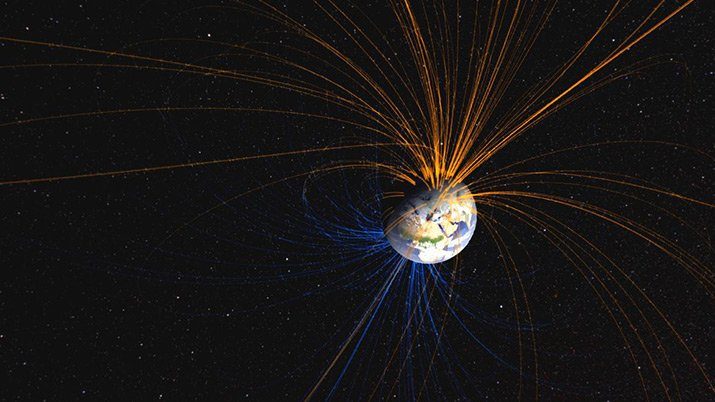OF THE
TIMES
"We have about 50% of the world's wealth but only 6.3% of its population. This disparity is particularly great as between ourselves and the peoples of Asia. In this situation, we cannot fail to be the object of envy and resentment. Our real task in the coming period is to devise a pattern of relationships which will permit us to maintain this position of disparity without positive detriment to our national security. To do so, we will have to dispense with all sentimentality and day-dreaming; and our attention will have to be concentrated everywhere on our immediate national objectives. We need not deceive ourselves that we can afford today the luxury of altruism and world-benefaction."
~ US State Department, 1948
That headline pic may be from Medvedev’s telegram but the pic itself is altered, clearly, and automatically alerts the reader to the...
They claim 12 in the photo however I see only 10, if 12 than 60% means they supposedly have a total of 20.
The NWO are desperate to keep a lid on the 'covid' injuries and deaths until they can organise a world war. Lots of EU members had signed...
These old women won't be around to see the error of their ways or the fruits of their work. Their children and their grandchildren will. Grandma's...
Where did this person think she was? She should have had more respect for the locals she was walking amongst. The Indian people don't take too...
To submit an article for publication, see our Submission Guidelines
Reader comments do not necessarily reflect the views of the volunteers, editors, and directors of SOTT.net or the Quantum Future Group.
Some icons on this site were created by: Afterglow, Aha-Soft, AntialiasFactory, artdesigner.lv, Artura, DailyOverview, Everaldo, GraphicsFuel, IconFactory, Iconka, IconShock, Icons-Land, i-love-icons, KDE-look.org, Klukeart, mugenb16, Map Icons Collection, PetshopBoxStudio, VisualPharm, wbeiruti, WebIconset
Powered by PikaJS 🐁 and In·Site
Original content © 2002-2024 by Sott.net/Signs of the Times. See: FAIR USE NOTICE

Reader Comments
Its my understanding that the earth is a dipole, with the magnetic field being generated during to the rotation of the Earth's iron core, generating magneton flows at right angles to the direction of rotation, these are magneton outflow at North Pole and magneton inflow at South Pole...the orientation of those poles and therefore the Earth's "uprightness" (relative to the solar plane) is governed by the Sun... Whose solar radiation field governs planetary position (both distance and orientation)and certainly determines the direction of those magneton flows... the Sun in turn is oriented by larger systems in our Galaxy via its magneton flow pathways..for the Earth to "flip " its poles, it would need to be directed by the Sun which would be directed by the Milky Way ...
Perhaps the weakening of the Earths magnetic field (and the current solar minimum behavior) are due to the ever closer, very dense, magnetic brown dwarf...aka Nibiru...aka Planet X...drawing magnetons towards it and "weakening" the magnetic output of the Earth and Sun....interesting to note that Nibiru's orbital cycle of some 3600 years matches the above "experts" finding that the Earths field has been weakening for the past 3000 years, is since the last passage...🤔